Shelley Spector and Matthew Seamus Callinan
Matthew Seamus Callinan: You have been creating work from reclaimed materials for a long time, but it seems recently there has been a shift in the way you are thinking and making work. Can you tell me what prompted this change and how this change has affected the work you have been recently making?
Shelley Spector: I have used reclaimed materials, mostly wood, then textile for about twenty-five years. The materials and processes that I use to make the new work has not drastically changed but what has shifted are my intention and goals for its outcome. There was a perfect storm of experiences between my solo show at the Philadelphia Museum of Art in (2015) and the show that followed which was in a small alternative space in Brooklyn (2016). The huge PMA project involved dozens of people, some of the largest pieces I’ve made, in the largest space that I have ever worked or presented. It was sculpture and installation but also had a looping soundtrack, an accompanying book, several of the pieces were interactive and one was collaborative incorporating a series of workshops to engage the public.
After making, showing, moving and then storing the large works from that exhibition, I was drawn to the antithesis of that experience. I followed it with an installation at an interdisciplinary art program run within a domestic environment. The woman who directed the space lived there with her husband and for my project, they and their belongings lived amongst my sculptures and installations. They produced a little catalogue for which I wrote a short essay called “Domestic Ecosystem.” This described a concept of thinking about our lives with objects and materials that could be a self-supporting environment, similar to a terrarium. This is an idea that influenced my work and life as I moved forward.
Through further research to help me understand the artistic impulse that took me on this unlikely trajectory, I came to view my practice in terms of an economy, specifically, a Circular Economy. A Circular Economy is an alternative to our traditional linear economy (make, use, dispose) in which we keep resources in use for as long as possible, extract the maximum value from them and recover and regenerate products and materials at the end of the service life.
My interest in this application of economy does not have much to do with finances as much as concerns with time, energy, available resources, and social needs. At this time I began to do experiments with the goal to make work that tries to be generative rather than consume materials.
MSC: Speaking of your interests in the consumption of resources, circular economies, and your own domestic ecosystem, how did those interests align with the residency program at RAIR and how did they inform the work or “experiments” you wanted to undertake during your time in residence?
SS: I do think about my newer work as experiments. It helps to keep the end game in mind, which is to make generative work that also extends the life of materials. In my application for the residency at RAIR, I proposed to lean in on these new ideas and their outcomes. RAIR was actually the perfect spot for me to research and work because with every truck that dumps its contents in the yard; it makes clear what resources are being underutilized. This in turn raised my material awareness. It helped the work to be focused on the actuality of excess and what gets disposed — to reconsider the materials that I use to make my work.
An example of this is shown by my strong disinterest in working with plastic which I stated before I arrived for my residency. Once at RAIR, I noticed an abundance of plastic, which makes clear why the Great Pacific Garbage Patch exists. The huge proportion of unrecyclable plastic in our waste stream is something that as I move forward with my project, would now consider as a material to use.
MSC: Your current working method seems to be one where the processes and the materials you utilize are one and the same as in the case of your soap-making work that draws on locally sourced and recycled materials to create new work and materials both artistic and practical that in turn cycle back through local economies. What has been the evolution of the soap-making part of your practice and how did your time at RAIR aid in the further exploration of this facet of your work?
SS: My soap-making project was a byproduct of an artist residency in Costa Rica during which I realized the soap that I was using in the studio was made from the used cooking oil from their kitchen. This mini ecosystem was in keeping with my interests in reclaimed materials and generative processes. I went back a second time to study soap making. Since I’ve returned home, I have worked to create similar but more expansive projects, using Philadelphia as a home base.
The overarching idea to these projects is for me to have a workspace for similar activities where the public can interact. I think about a space where unwanted materials can come through and leave in forms that serve people’s needs. The pieces that I currently work on generate soap, food, and clothing. I imagine the space itself as an artwork that in different ways will intervene with people to facilitate ways to extend the life of their resources.
Shelley Spector is a multidisciplinary artist and 2018 RAIR resident based in Philadelphia. Matthew Seamus Callinan is the Associate Director of the Cantor Fitzgerald Gallery, VCAM, and Campus exhibitions for Haverford College. Shelley and Matthew have previously collaborated on the exhibition Beautiful Human curated by Shelley for the Cantor Fitzgerald Gallery and on Shelley’s web-based project ArtJaw where she featured Matthew’s writing.



